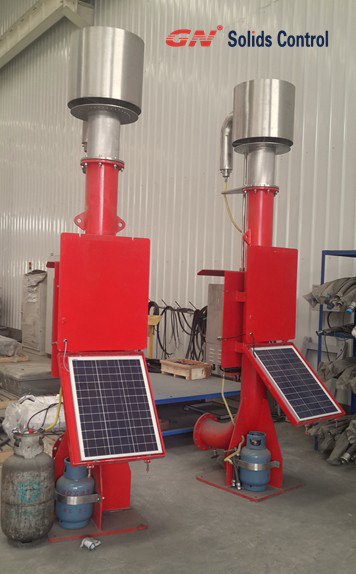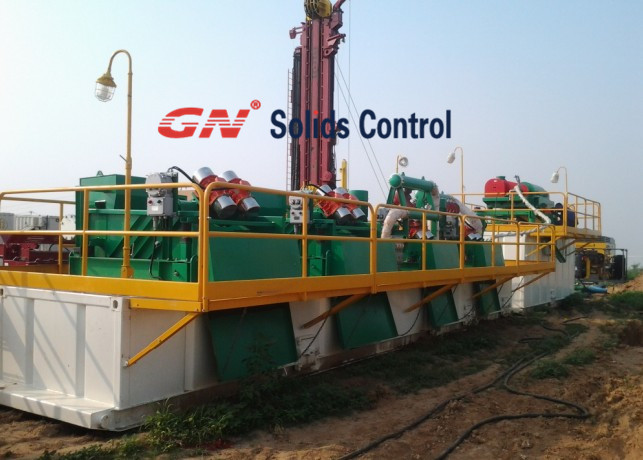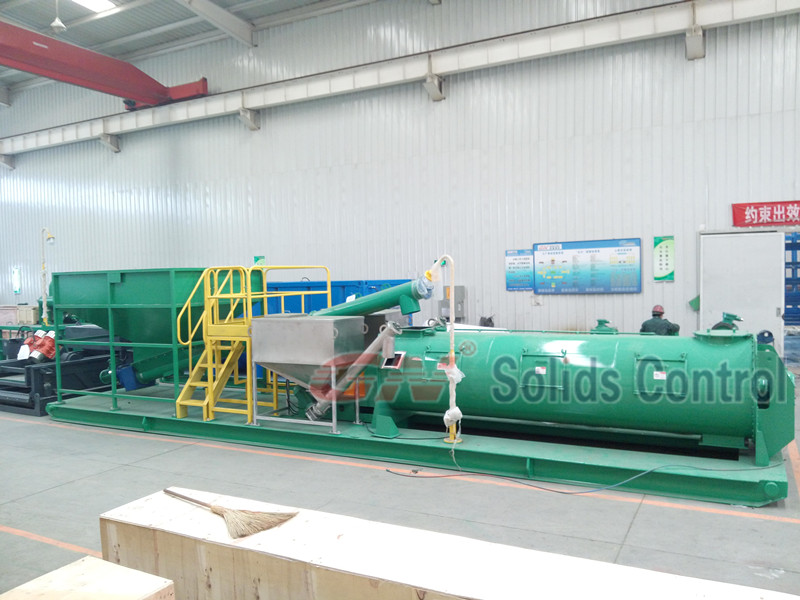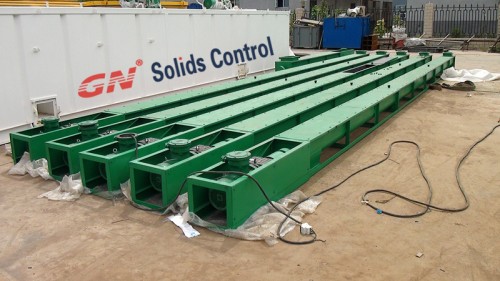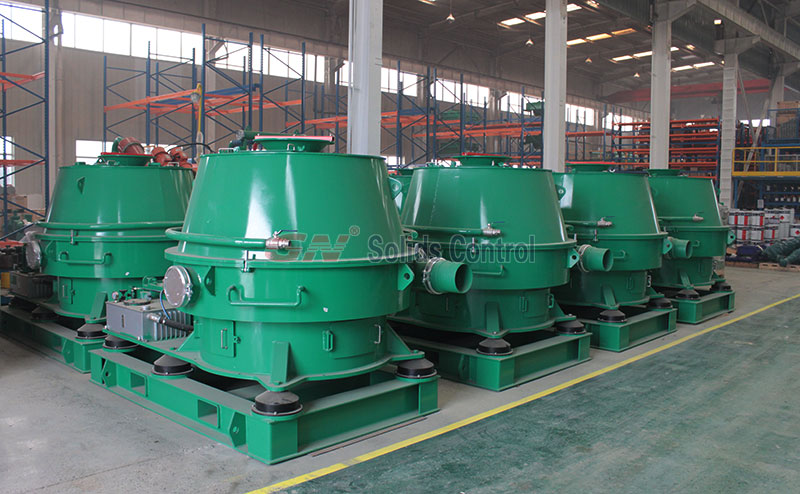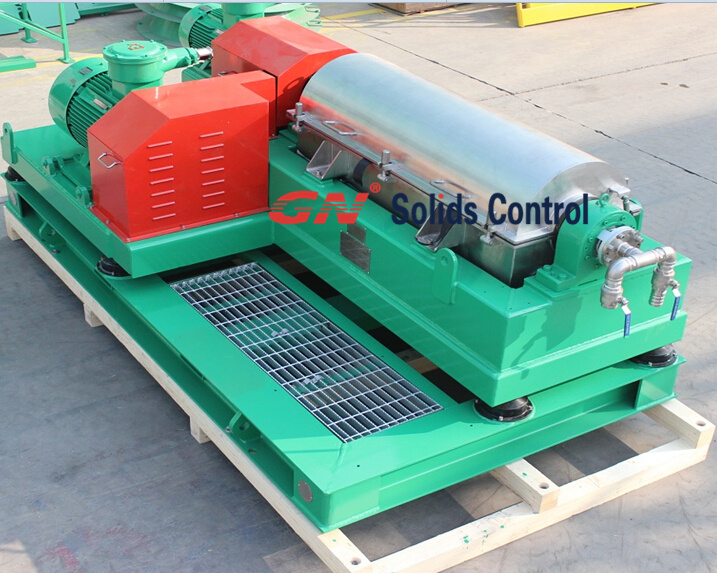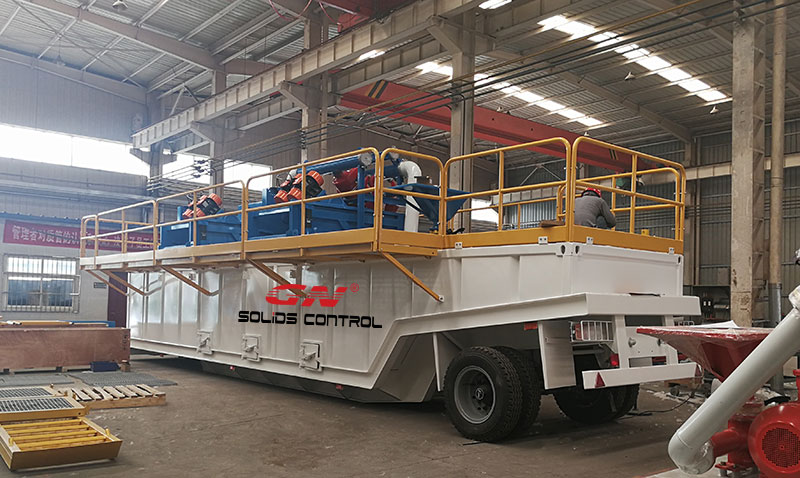GN solid control GNLW series mud centrifuges, also known as horizontal screw unloading sedimentation centrifuges, mud centrifuges, is a feature for drilling mud, developed and designed mud recovery system for solid-liquid separation of solid-controlled equipment, suitable for oil and gas drilling mud , Sludge dehydration, particle size classification, food protein, starch, kaolin, natural gas desulfurization sludge, waste oil purification and other industries. The removal of fine solids reduces the solids content of the solid-liquid mixture, controls the density and viscosity of the drilling mud, ensures the performance of the drilling fluid, and plays an important role in fast drilling.
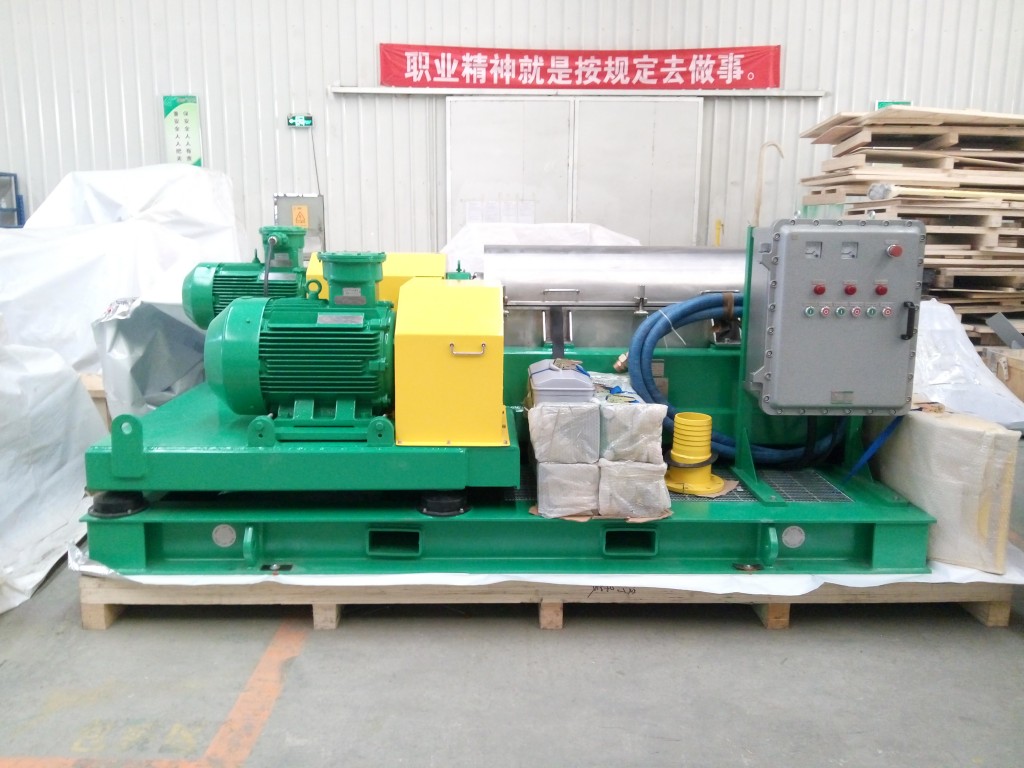
Mud centrifuge
The reason for the blockage is as follows: During the operation of the centrifuge, due to the large flow of the feed pump, or the sudden increase in the density of the inhaled mud, the auxiliary motor trips, causing the centrifuge to clog.
Congestion Cause II: When the centrifuge stopped, it was not carried out in strict accordance with the operating procedures, no flushing, or flushing was not clean, causing the centrifuge to clog.
If the auxiliary motor is started first, if the differential and the drum follow the auxiliary motor and it gets faster and faster, it means that the material flush between the drum and the auger is not completely or even blocked and the main motor cannot be started. Allow the centrifuge to overcome the blockage; clean the material between the drum and the auger.
The specific method is: remove the shield, use a pipe wrench to clamp the coupling of the auxiliary motor, and apply force in both positive and negative directions. The brute force may not be used to prevent the differential from being damaged. It is also possible to inject fresh water from the slurry pipe and soak it for 12 hours to help rotate the motor’s coupling.
Open the collection box for cleaning:
Every three days, the collection box should be opened for inspection and cleaning. The wear sleeve, scraper and end scraper on the slag outlet of the main machine are all fragile. Be careful when cleaning.
More question,please feel free to contact GN Solids Control

